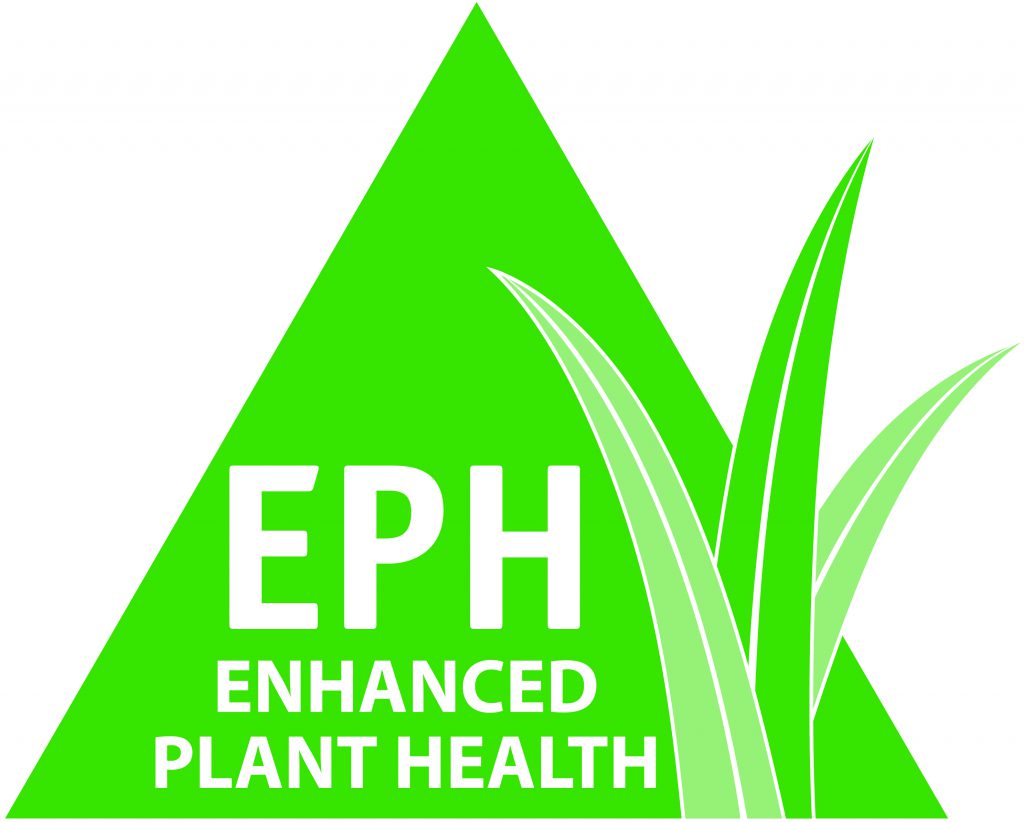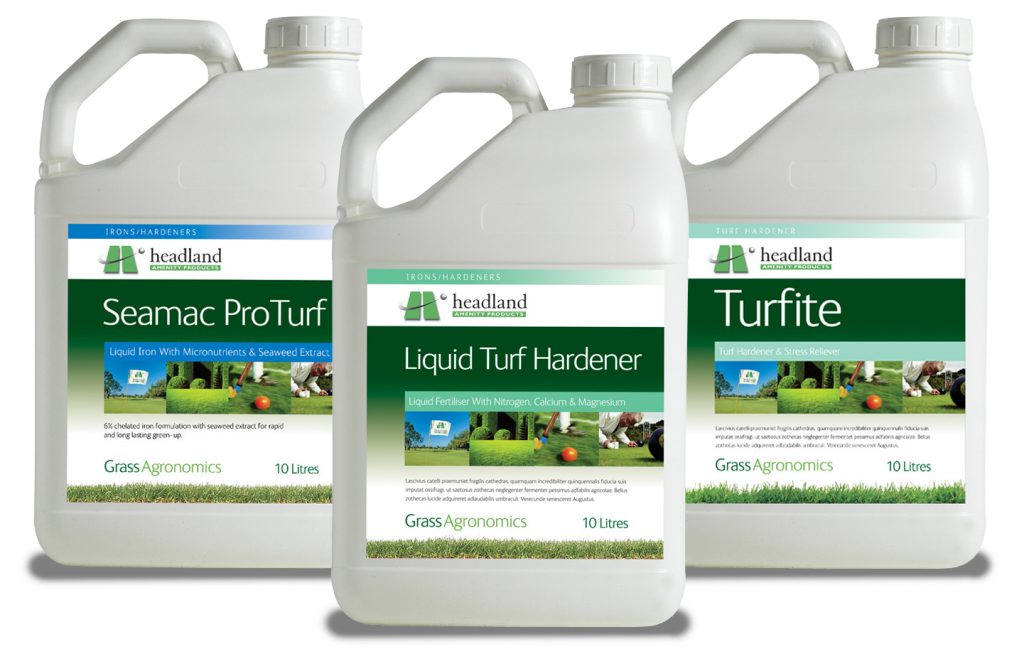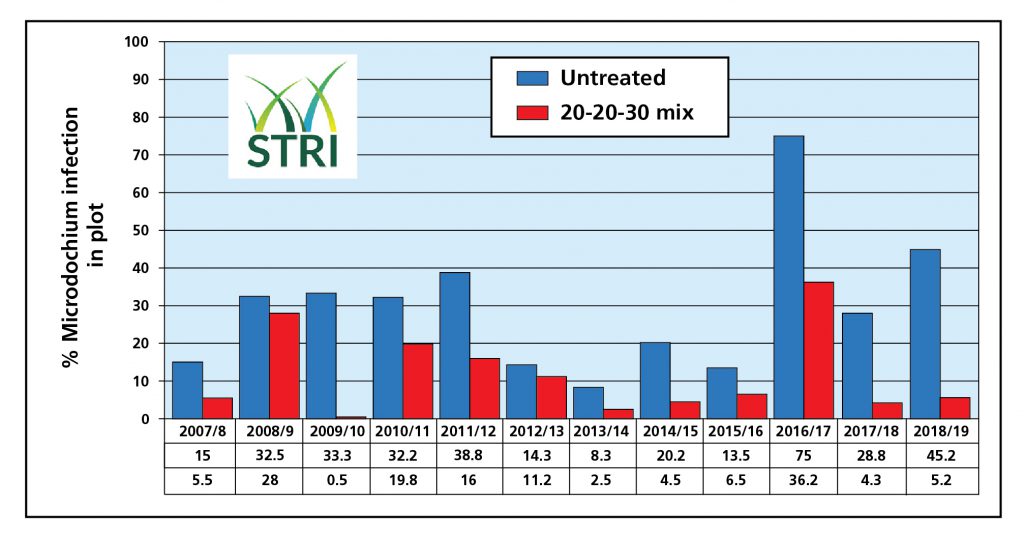How to tackle plant health before disease can take hold
Related Articles
Changes in pesticide legislation are continuing to have a deepening effect on sports turf quality. In 2017 we lost the most effective fungicide combination – Tebuconazole and Prochloraz – and in the summer of 2018 the industry lost the remaining contact curative active, Iprodione. Now, the impending disappearance of Propiconazole means turf managers are shifting their emphasis to a proactive approach to plant health, utilising nutritional inputs as a management tool. Andy Russell of Headland Amenity explores the importance of tackling plant health before disease can take hold.
In terms of disease management, the reduction in curative products available has been a game-changer and has effectively ended the option of reactive fungicide applications. Using preventativefungicides to control Fusarium Patch (Microdochium nivale) will continue to be an essential tool in the turf manager’s armoury – especially during the moisture-laden autumn and spring months. However, producing a grass plant that is strong and healthy, therefore making it difficult for disease to take hold in the first place, is now more important than ever. This approach takes a longer term, strategic view of turf diseasemanagement.

Headland started to explore this area in 2007 and have commissioned trials at the STRI every year since, to refine and improve the products used and the results offered. The result of these years of research and trials, area number of disease management strategies, which feature both the timely application of preventative fungicides, and the use of nutrients to maximise plant health going into and during, the main disease periods. Headland’s industry-leading ‘20-20-30’ tank-mix is now a proven strategy which uses preventative applications of liquid plant health products which work together to strengthen the plant, reducing the reliance on costly, repeated fungicide applications.
The latest approach utilises the ’20-20-30’ mix (Liquid Turf Hardener, Turfite, Seamac Proturf) together with Mantle, a new product launched in 2018. Trials conducted in 2017/18 and ongoing in 2018/19 have demonstrated the efficacy of this approach with excellent reduction in active Microdochium nivale compared to the untreated control. To achieve optimum results, this tankmix combination is designed to compliment a full IPM program that includes fungicides and cultural control of surface organic matter.

As with most things, timing is essential. If disease activity is kept in check during October and November, then turf managers stand a better chance of a much cleaner, healthier sward coming through into the new season. In addition to a stronger plant, this preventative approach can also considerably reduce the need for curative chemical applications, reducing costs by up to 50% compared to using fungicides alone.

While chemistry continues to be a fundamental tool in preventing expensive outbreaks of disease, a pro-active, enhanced plant health strategy must be combined with careful maintenance practices.

























